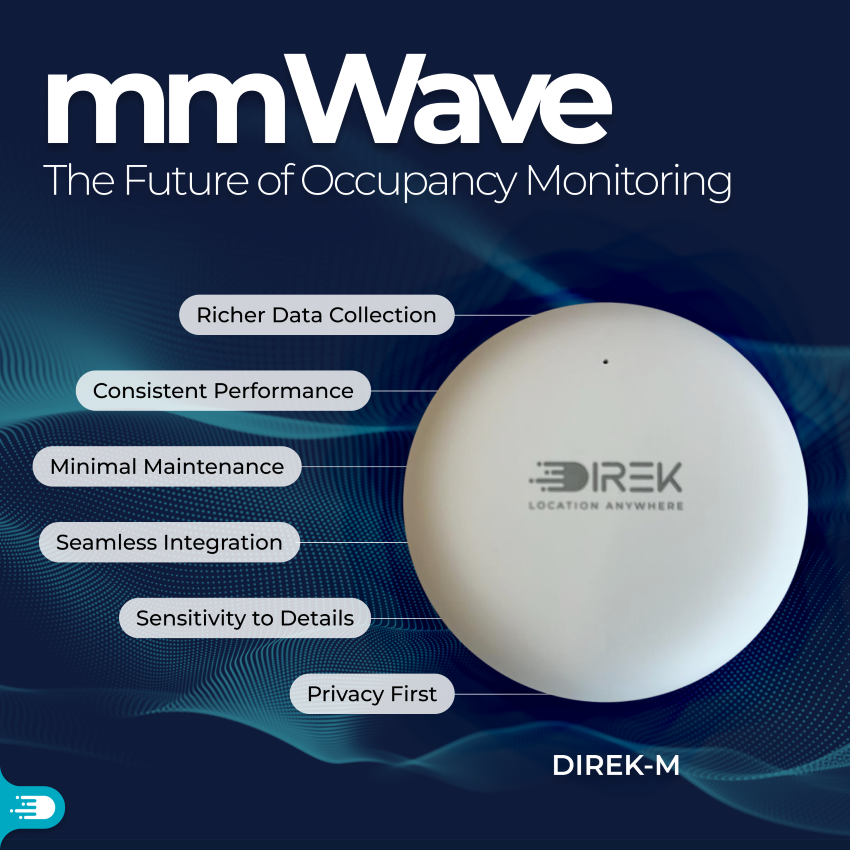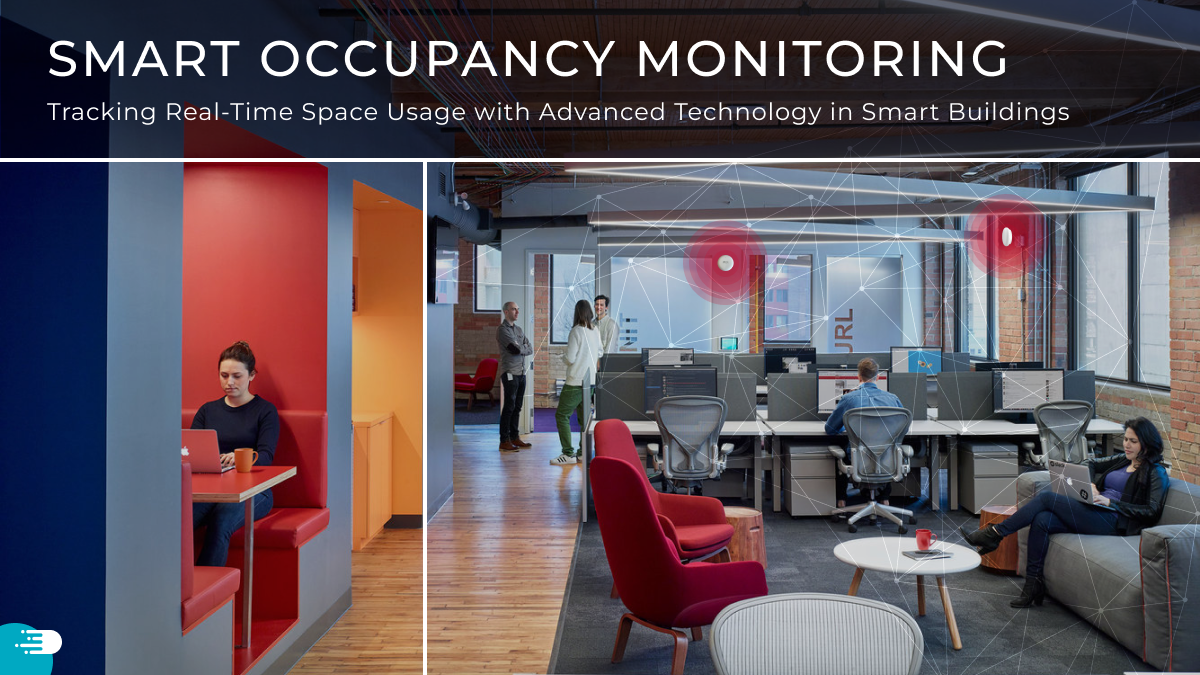In the landscape of modern building management, where space utilisation is not merely beneficial but critical, occupancy monitoring has become a pivotal component of strategic estate management. This technology has evolved significantly from its rudimentary origins of hand tally counters to advanced systems that offer a comprehensive view of how space is utilised within facilities, integrating advanced sensors and smart technologies to enhance operational efficiency and sustainability.
What is Occupancy Monitoring?
Occupancy monitoring involves the use of various sensor technologies to measure and analyse the real-time usage of a building’s space. These systems range from simple door sensors to sophisticated networks that integrate IoT (Internet of Things) devices, providing granular data crucial for informed decision-making in space usage. Occupancy sensors, people counters, and smart sensors are just a few examples of the devices used in these complex systems.
The Crucial Role of Occupancy Monitoring in Smart Buildings
Efficient Space Management:
According to a survey by PwC, major UK employers are planning significant reductions in office space, driven by the shift towards hybrid working models. Approximately 50% of companies anticipate reducing their real estate footprint, with one-third expecting to downsize by more than 30%. Occupancy monitoring systems provide the essential data for strategic space planning, allowing businesses to align their physical spaces with actual usage needs, enhancing space utilisation, and reducing costs.
Energy Savings and Environmental Impact:
Dynamic adjustments to HVAC systems based on real-time occupancy can reduce energy costs by 18-22% annually. Advanced smart building technologies ensure energy is not wasted on heating, cooling, or lighting unoccupied spaces, significantly reducing costs and environmental impact.
Enhanced Security and Safety:
Integrated smart technologies enhance building security. Tailgating security measures and door sensors ensure that only authorised personnel access sensitive areas, reducing the risk of security breaches. In emergencies, occupancy data are vital for efficient evacuation and crisis management, safeguarding occupant safety.
Support for Agile Workspaces:
Occupancy monitoring supports the transformation towards agile workspaces by facilitating flexible workspace strategies like hot desking, which adapt to employee presence, maintaining operational efficiency and employee satisfaction in dynamic work environments.
Data-Driven Decision-Making:
Facilities managers can use occupancy data to make informed decisions about space reallocations, renovations, or expansions, impacting cost management and operational efficiency significantly. For example, revealing that 40% of office desks remain vacant for more than three hours a day can lead to desk reductions, optimising real estate investments.
How DIREK Enhances Occupancy Monitoring
DIREK is at the forefront of occupancy monitoring innovation with its advanced mmWave sensors and space management tools. Here’s how DIREK is revolutionising the field:

Advanced Sensor Technology:
DIREK’s mmWave sensors are a game-changer in occupancy monitoring. Unlike traditional sensors, mmWave sensors provide high accuracy and reliability in detecting presence and movement, without the privacy concerns associated with optical cameras. These sensors are integral to modern smart building solutions, offering precise data on occupancy and movement patterns. Explore more about DIREK’s mmWave sensors here.
Granular Space Management Capabilities:
DIREK’s space management tool provides a granular view of building occupancy, from building-wide assessments down to individual zones and areas. This level of detail is crucial for effective space planning and management, allowing for adjustments that reflect actual usage patterns.
Predictive Analytics:
DIREK’s tools go beyond traditional monitoring by incorporating predictive analytics. This feature forecasts future space usage patterns, enabling proactive management and optimisation of resources. This predictive capability is especially valuable in dynamic environments where occupancy patterns frequently change. More information on DIREK space management solution is here.

